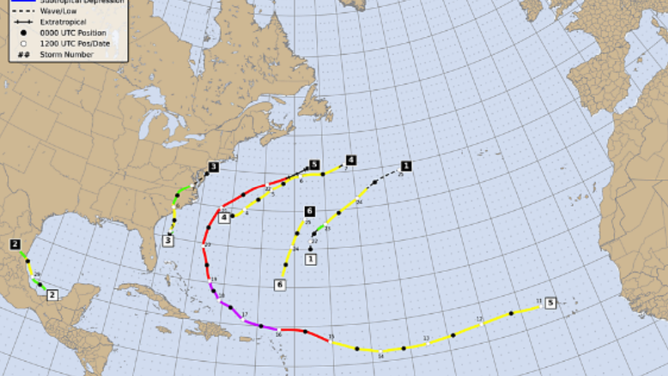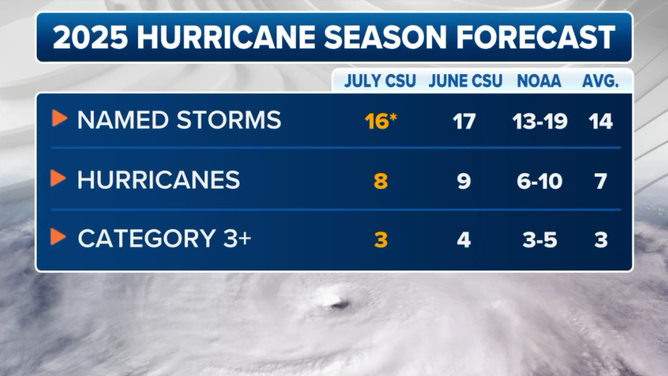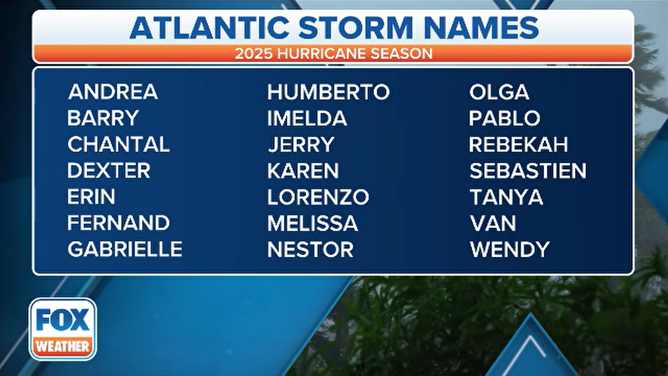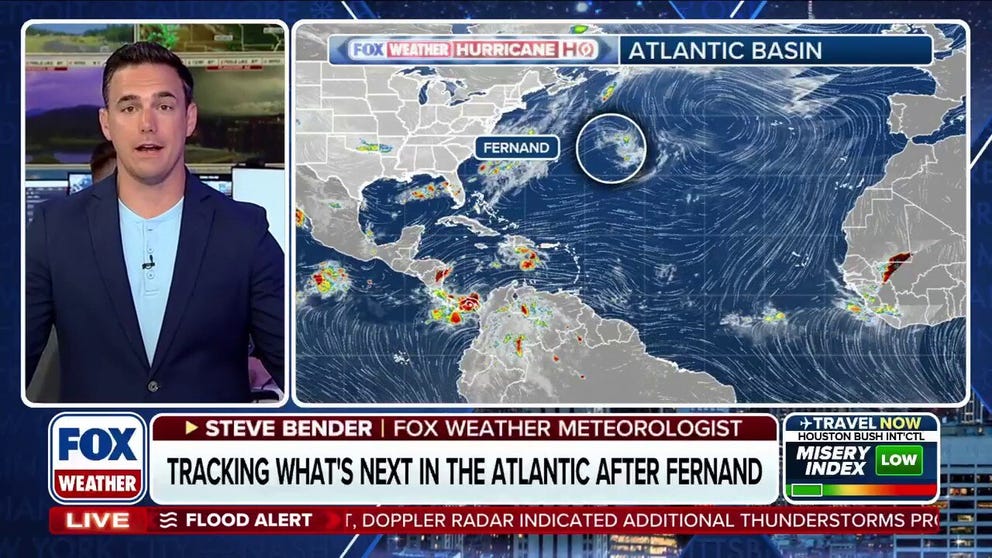Atlantic tropics quiet down for a while, but does it mean hurricane season’s over?
Imagine being in the heart of the hurricane season with no significant systems to track across the Atlantic. The picture of serenity isn’t from a novel – it’s the reality across the basin.
Satellite images and forecast models show little activity across the tropics, a stark contrast to the traditional late August and early September surge in cyclones.
While the lack of development may give a sense of serenity, historical data suggests that such quiet stretches are not unprecedented.
In 2024, the Atlantic basin did not produce a single storm between Aug. 20 and Sept. 9. Two years earlier, in 2022, the basin went two full months without a named storm, including the entire month of August – usually the second-busiest month of the entire year for tropical cyclone formation.
Periods of inactivity often throw a wrench into seasonal outlooks, but forecasters say they do not necessarily signal a quiet year overall.

Hurricane season 2025 tracks
(NOAA)
2025 ATLANTIC HURRICANE SEASON GUIDE: HERE’S WHAT TO KNOW ABOUT THE TROPICS THIS YEAR
It is not just the Atlantic basin experiencing a period of inactivity. The Accumulated Cyclone Energy, or what is commonly referred to as the ACE, is lagging across all other oceans of the Northern Hemisphere.
If it weren’t for Hurricane Erin, which trekked across the Atlantic for two weeks and spent days as a major hurricane, the basin would be significantly below ACE standards. Erin produced over 85% of the season’s energy to date.
In the Atlantic, meteorologists point to dry air and persistent troughing along the U.S. East Coast as potential causes for the lack of cyclones, with few signs it will abate anytime soon.
That’s right, you can take the computer models runs out to 240-384 hours and not come up with a single significant cyclone to track.
Quiet forecast model runs do not mean the basin will stay completely dormant.
Weaker, short-lived storms can form from old frontal boundaries along the Southeast or mid-Atlantic coasts, though they would likely remain “fish storms” – systems that develop over open water and pose little threat to land.
Several similar storms, including Tropical Storms Andrea, Dexter and Fernand, have already made up about half of 2025’s activity.
So far, six named storms have formed in the Atlantic this season – about on par with an average season. But only one has strengthened into a hurricane.
For seasonal outlooks to come close to verifying, about 70% of the remaining storms would need to reach hurricane intensity – a difficult benchmark, even in the most active years.
Experts at Colorado State University were expecting about half of the Atlantic tropical cyclones to reach hurricane strength this year, but the actual current verification is less than 17%.
While named storm formation has been close to average, the lack of stronger hurricanes is noteworthy and could certainly become a focus of future research.

Updated hurricane season forecast from CSU.
(FOX Weather)
WATCH: WORST OF THE MONSTER WAVES SLAMMING EAST COAST FROM HURRICANE ERIN
Long-range hazard outlooks produced by NOAA indicate the Atlantic could become significantly active again in the mid to late September time frame, outside the scope of some computer models.
The FOX Forecast Center cautions against complacency, especially in coastal areas, as it only takes one destructive hurricane to make a season memorable.
In 2024, Hurricane Helene did not form until Sept. 24, while Hurricane Milton didn’t develop until early October.
The peak of the season usually runs through the first or second week of October before significantly tailing off through the season’s end on Nov. 30.

2025 Hurricane Season Names
(FOX Weather)
Source link
editor's pick
latest video
Sports News To You
Subscribe to receive daily sports scores, hot takes, and breaking news!




